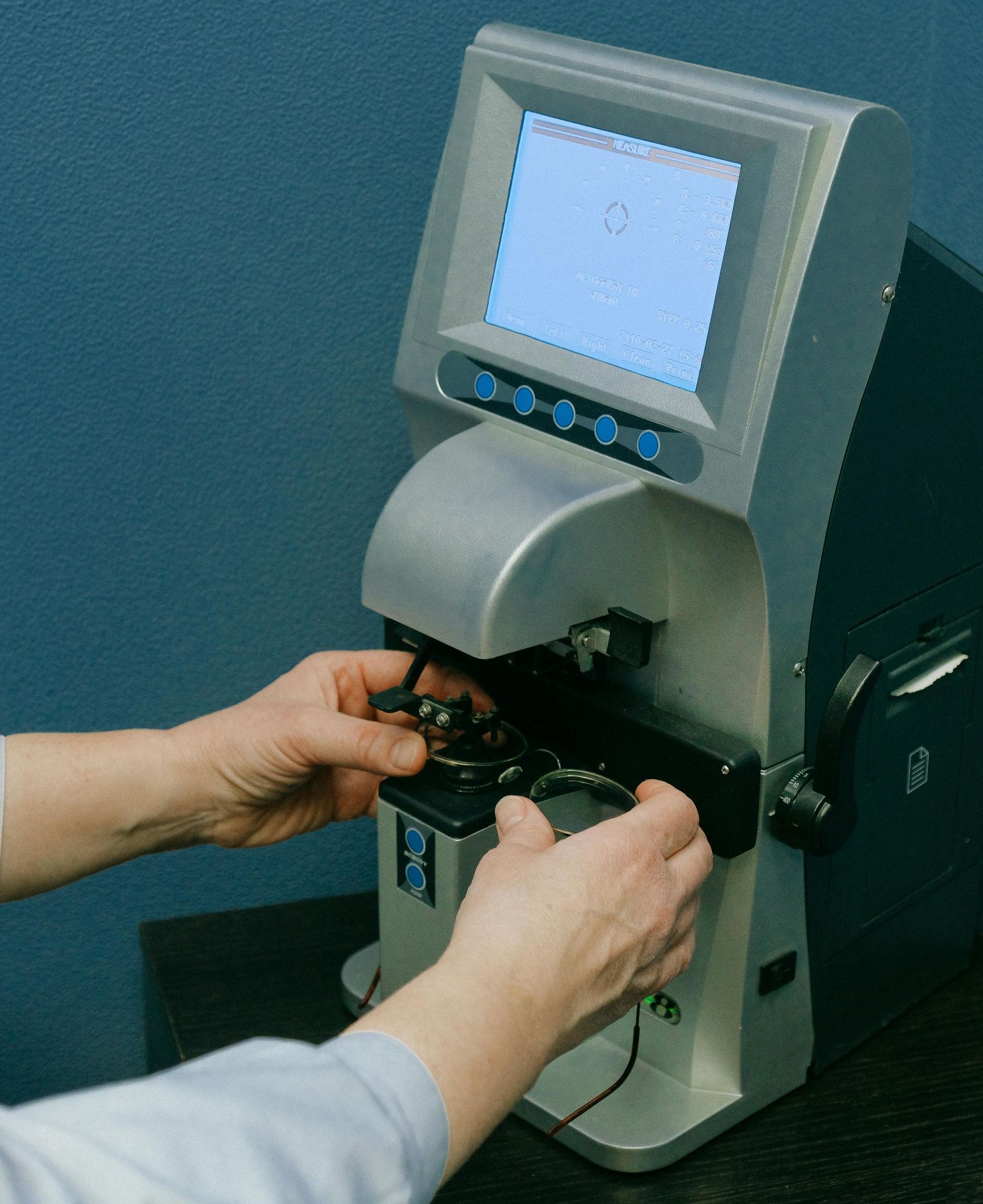Choosing the Right Ophthalmic Instruments for a Growing Practice

Expanding an ophthalmic practice is an exciting milestone, but it also comes with new challenges. Among these is selecting the right instruments to support increased patient volume and address a broader range of clinical needs. Your equipment is the backbone of your practice, shaping how you diagnose, treat, and care for patients.
The process of upgrading or adding to your instrument inventory involves careful consideration. From evaluating the complexity of your procedures to balancing the budget, every decision contributes to the long-term success of your growing practice. At The Ophthalmic Company, we have decades of experience helping eye care professionals make informed ophthalmic equipment choices.
Step 1: Assess Your Practice's Needs
Before investing in new instruments, take a step back and review your practice’s current status and future goals. Are you planning to expand your patient base, offer new services, or adopt advanced diagnostic capabilities? Identifying your objectives will help you focus on the specific types of equipment that can support your growth.
For instance, if you’re treating more surgical candidates, consider instruments like optical coherence tomography (OCT) or high-end slit lamps. On the other hand, a rise in pediatric consultations might require specialized tools tailored for younger patients. Pinpointing these requirements early will help you avoid purchasing devices that don’t align with your objectives.
Step 2: Research Technology from Leading Brands
The ophthalmic industry continuously evolves with advancements in technology, and staying updated can give your growing practice a competitive edge. Leading manufacturers like Alcon, Haag-Streit, and Topcon are synonymous with reliability and innovation.
Look for instruments engineered to meet your specific clinical goals while offering longevity. For example, a state-of-the-art autorefractor can reduce exam times and improve patient workflow, making it a valuable investment for a busy practice. Meanwhile, handheld diagnostic tools can add versatility and convenience to your day-to-day work.
Step 3: Balancing Quality with Budget
Growing a practice comes with expenses, so it’s important to stay mindful of both quality and budget constraints. While high-end equipment may be tempting, consider whether reconditioned instruments might offer similar advantages at a reduced cost.
Reconditioned ophthalmic equipment provides proven technology that meets or exceeds manufacturer standards. At The Ophthalmic Company, we pride ourselves on offering rigorously tested, like-new equipment that comes with a performance guarantee. This option helps you allocate funds where they are most needed while still upgrading your capabilities.
Step 4: Consider Workflow and Productivity
The right instruments can make a notable difference in your practice’s efficiency. High-performing tools reduce downtime, limit errors, and improve the overall patient experience. When selecting equipment, think about how it integrates into your existing workflow.
For example, devices with intuitive user interfaces or streamlined calibration processes can save valuable time for you and your staff. Similarly, equipment size and mobility should be factored in, particularly for practices operating in smaller spaces. Optimizing your workspace without sacrificing functionality is key.
Step 5: Understand Your Service and Maintenance Options
The purchase of ophthalmic instruments is not just a one-time transaction; it’s a long-term investment. For this reason, it’s important to work with a supplier that offers complete service and maintenance plans. Regular servicing extends the lifespan of your instruments, helping them stay reliable year after year.
At The Ophthalmic Company, we have been a trusted partner for eye care professionals for decades. Our manufacturer-trained technicians offer tailored service plans that focus on keeping your instruments in peak condition. Whether you purchase new or reconditioned equipment, this commitment to quality lets you focus on patient care without worrying about unexpected breakdowns.
Step 6: Evaluate Vendor Support
Support from your vendor can make or break your experience when acquiring new equipment. A reputable vendor provides more than just sales; they offer consultation, training updates, and on-time service.
Look for companies that match their expertise with customer care. The Ophthalmic Company takes pride in helping clients make informed choices through evaluations, recommendations, and personalized equipment plans. Our goal is to deliver solutions, not just products.
Investing in the Future of Your Practice
Selecting the right instruments goes beyond immediate needs. It’s about building a foundation that supports your practice’s continued growth, making sure that you are ready to adapt as opportunities arise. A careful approach to reconditioned or new equipment upgrades positions you for long-term success while delivering excellent care to every patient.
The Ophthalmic Company stands ready to help you make these important decisions. With top brands, flexible options, and unparalleled service, we’re here to guide you every step of the way. If your practice is growing or you’re reviewing your equipment needs, contact us today for a consultation!
FAQs About Choosing Ophthalmic Instruments
What should I prioritize when purchasing ophthalmic equipment?
Focus on instruments that align with your clinical goals, fit your budget, and integrate with your workflow. Research leading brands and consult with trusted vendors to make informed decisions.
Are reconditioned instruments as reliable as new equipment?
Reconditioned equipment is thoroughly inspected, tested, and updated to meet original manufacturer specifications. When purchased from a reputable supplier like The Ophthalmic Company, reconditioned instruments offer excellent performance and value.




